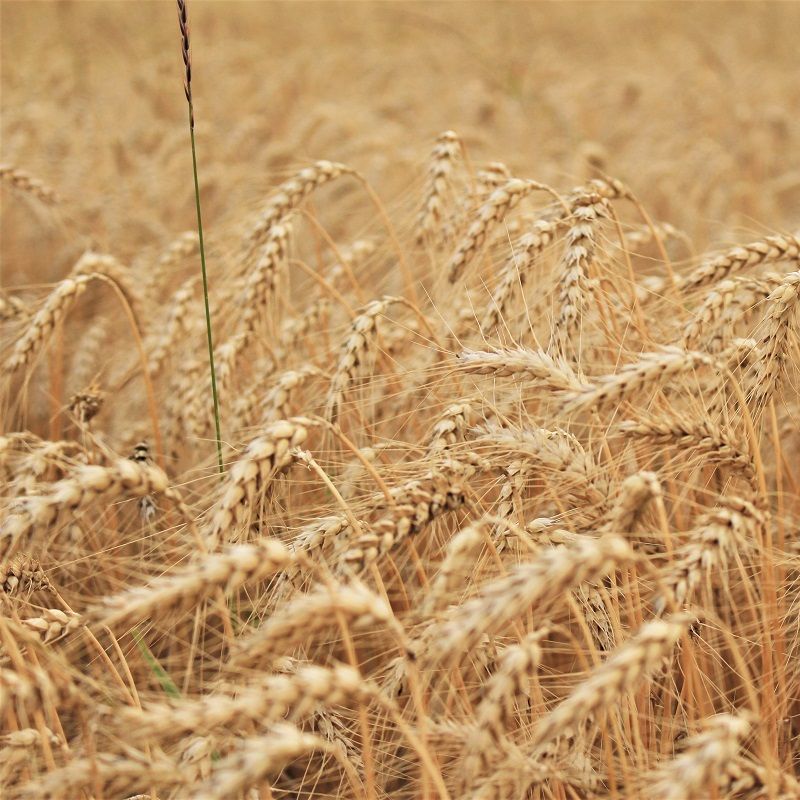Food vs. feed: Upcycling's untapped potential to minimize resource competition between human and animal nutrition

A new study underscores that increasing the volume of upcycled food system byproducts and residues into feed and ingredients remains a critical vehicle to offset competition between livestock and aquaculture fodder production and the F&B industry at large.
This food-feed competition has long reduced the efficiency of the existing food system, as environmental and resource costs are higher when arable land is used for animal feed production instead of directly contributing to human consumption.
The researchers gathered data on global food system material flows for crop, livestock and aquaculture production, focusing on feed use and the availability of byproducts and residues.
They then analyzed the potential of replacing food-competing feedstuff – cereals, whole fish, vegetable oils and pulses that account for 15% of total feed use – with food system byproducts and residues.
“Considering the nutritional requirements of food-producing animals, including farmed aquatic species, this replacement could increase the current global food supply by up to 13% (10-16%) in terms of kcal and 15% (12-19%) in terms of protein content,” they highlight.
“Increasing the use of food system byproducts as feed has considerable potential, particularly when combined with other measures, in the much-needed transition towards circular food systems.”
Overcoming upcycling limitations
The researchers flag that the current structure of the global food system results in shortages in food availability, as a large proportion of the resources used in livestock and aquaculture feeds could be consumed by humans.
Up to 40% of all arable land and more than 30% of cereal crop production is used for animal feeds, and approximately 23% of all captured fish are destined for non-food uses, mainly for fish and livestock feeds, the study highlights.
Upcycling food system byproducts can reduce the environmental pressure on arable land and freshwater ecosystems, as well as reduce greenhouse gas emissions and fertilizer application.
However, some non-food-competing feedstuffs are less suitable for feed use; for example, crop residues are fibrous and of low digestibility and poor protein quality, and others, such as some crop processing byproducts, are protein dense but low on energy.
Yet, some non-food-competing feedstuffs can be improved through processing or additives, the researchers note.
Overall, cereals are the largest group of food-competing feedstuff use, in which maize is the most important feed cereal, followed by wheat, rice and barley.
Notably, fishmeal and fish oil are important sources of protein and fat, while their byproducts can also be important for the supply of healthy fatty acids like EPA and DHA.
Countries with the most fisheries and aquaculture production (such as China and Indonesia) show the highest availability and the largest potential to increase the production of fishmeal and fish oil from fish byproducts, either for local needs or for export to other countries.
Similarly, oilseed oils can also be converted into human nutrition solutions when looking at the fat content. Oilseed meals are highly valued feed materials, which shows in nearly all oilseed meals being used as feed at the global level.
)
)
)



)
)
)
)
)
)
)
)
)
)
)
)
)
)
)
)
)
)
)
)
)
)
)
)
)
)
)
)
)
)
)
)
)
)
)
)
)
)
)